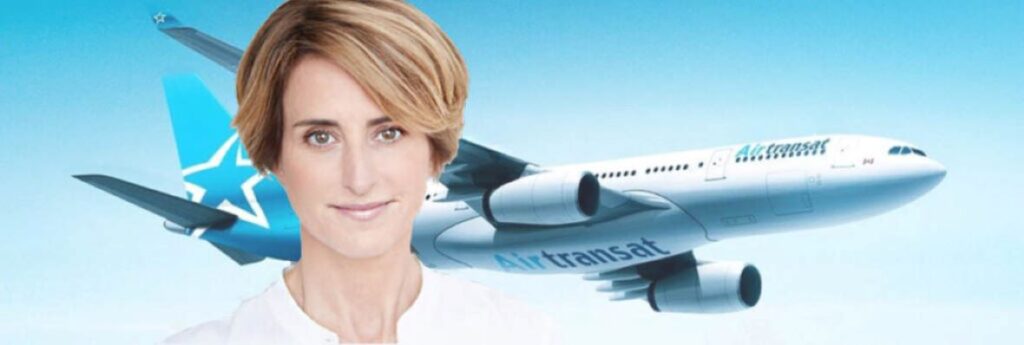Travel company Transat A.T. Inc. closed a challenging year on a high as it set sights on a continued recovery for air travel next year with high prices and even higher demand.
“We are clearly on the road to recovery, our results are improving and our confidence is growing,” Transat chief executive Annick Guerard told a conference call with investors Thursday.
Guerard said the airline has capitalized on favourable demand as customers continue to prioritize travel despite inflationary pressures and higher ticket prices.
“Consumers are ready to pay more to travel,” Guerard said, noting that ticket prices are now 15% higher than in 2019 on average.
Transat chief financial officer Patrick Bui said the price increase due to higher demand has helped offset additional costs incurred from inflationary pressures and fluctuating fuel costs, up 61%.
Further costs were incurred when the airline rehired the employees laid off during the pandemic, amounting to 1,800 new and returning employees this year for a total of 3,900 employees, equivalent to 75 per cent of its pre-pandemic workforce.
The parent company of Air Transat reported a fourth-quarter net loss attributable to shareholders of $126.2 million compared with a loss of $121.3 in the same quarter last year. However, revenue totalled $573.1 million for the three months ended Oct. 31, up from $62.8 million in the same quarter last year.
Excluding non-operating items, Transat reported an adjusted net loss of $75.9 million compared with an adjusted loss of $118.4 million a year earlier.
Bui said the loss indicates that the airline is still a way from reaching its financial potential, but indicative of the company’s positive momentum.
In its outlook for 2023, the company said it expects to deploy capacity equivalent to 90% of the 2019 level as booking patterns do not appear to be slowing down and positive trends looking into the winter season.
“The trend is clear and booking patterns are encouraging,” said Guerard.
In a news release, she said that Transat’s strategy of prioritizing European and sun destinations was “very popular” in the fourth quarter and improved the airline’s load factors.
The company said the average load factor, a measure of seats filled by passengers, reached 56% this week for the winter season, an amount comparable with 2019 levels.

